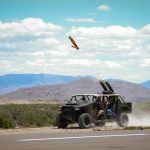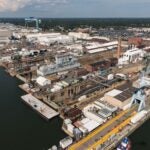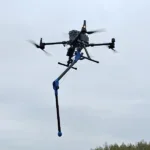
New BAE Spox. Caitlin Hayden was named communications leader at BAE Systems, Inc., the company said on Tuesday. She replaces Kristie Cunningham, who left the company in August. Hayden most recently served in the top communications job at AIA. Previously, she worked at Edelman in Washington and had several different jobs in the State Department. STRATCOM Leader Confirmed. The Senate confirmed Vice Adm. Charles Richard to become the next STRACOM commander Thursday evening. Senate Majority Leader Mitch McConnell (R-Ky.) During wrap-up,…













